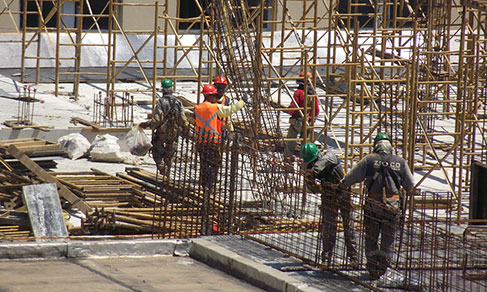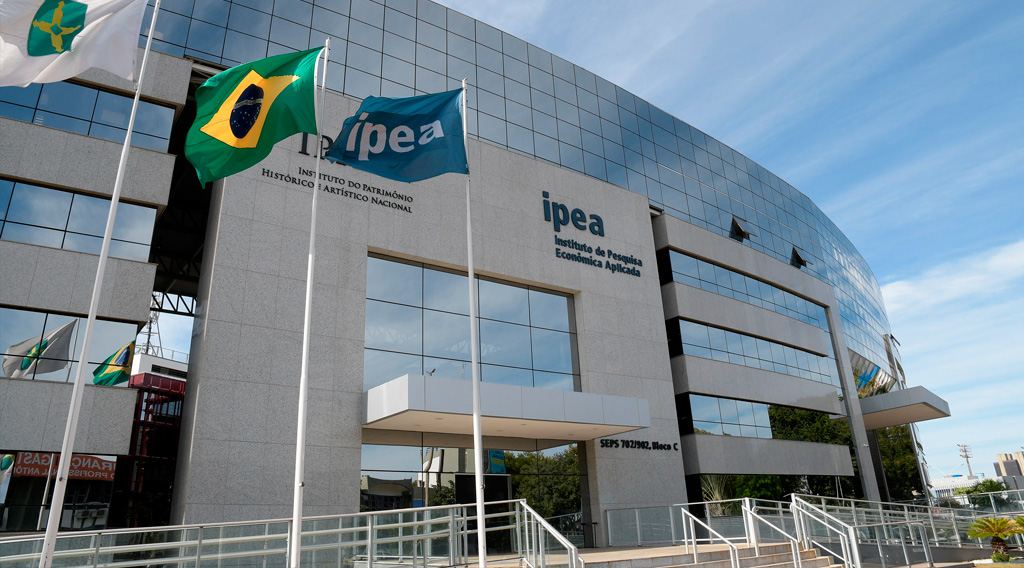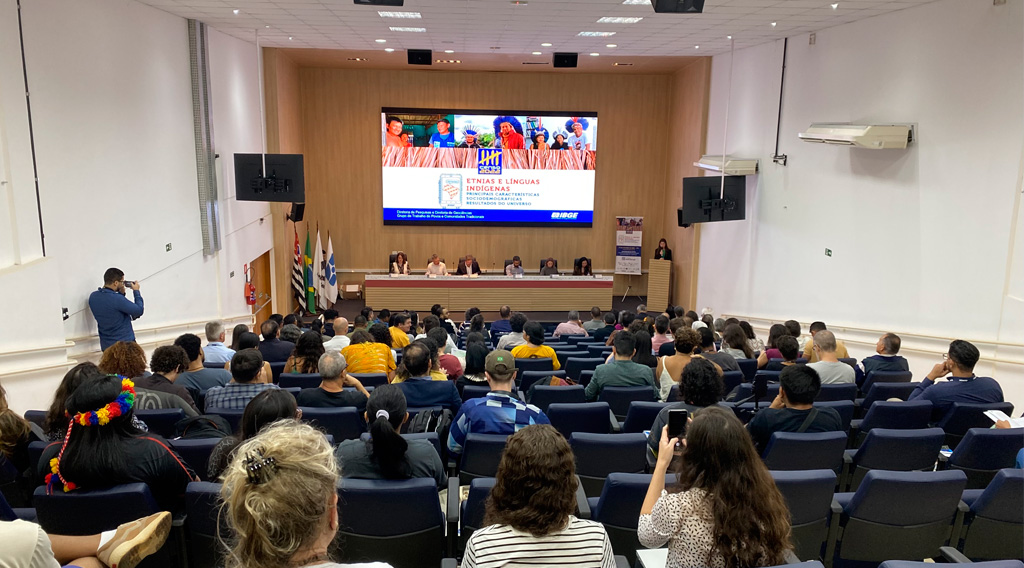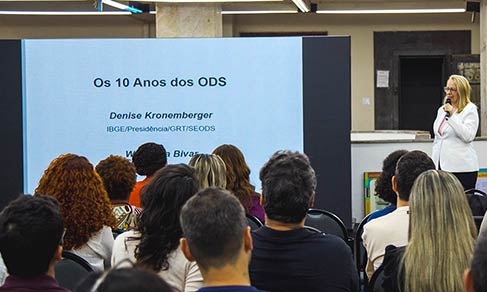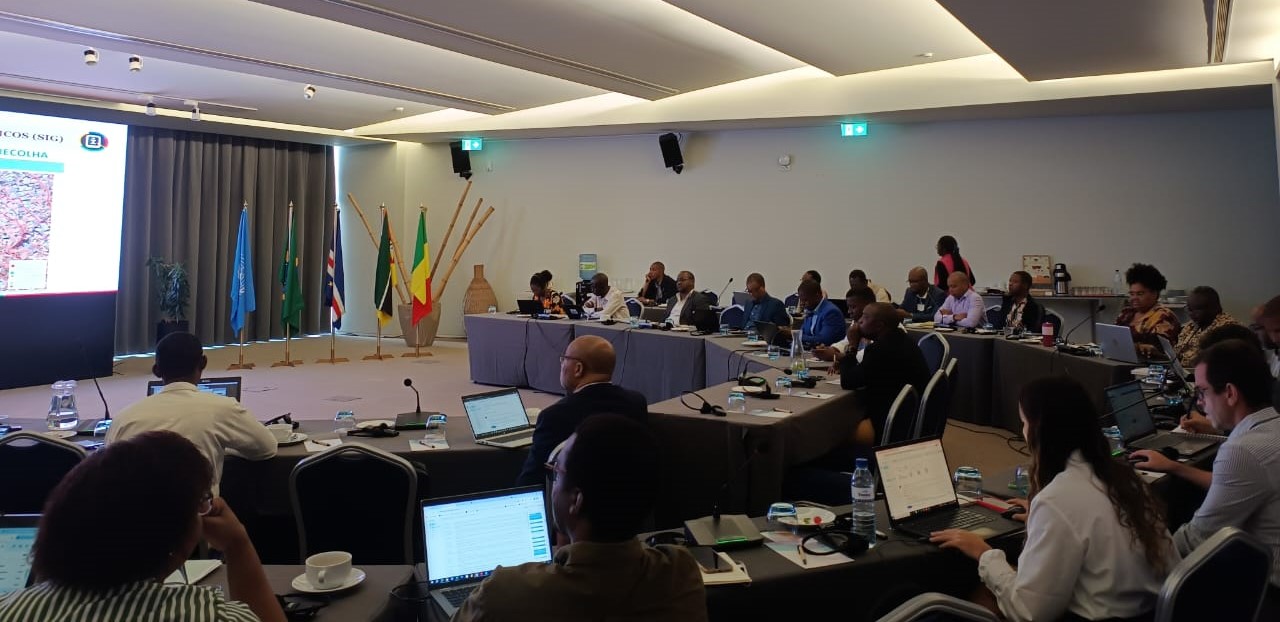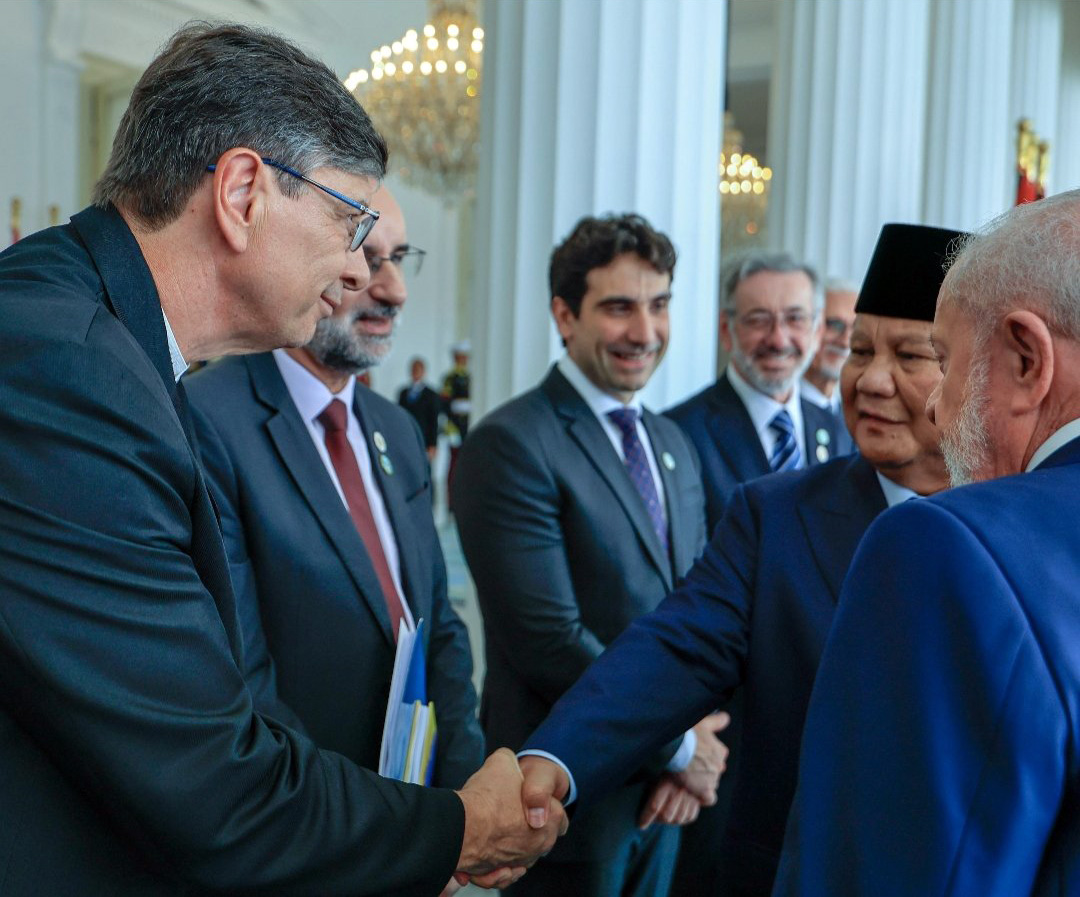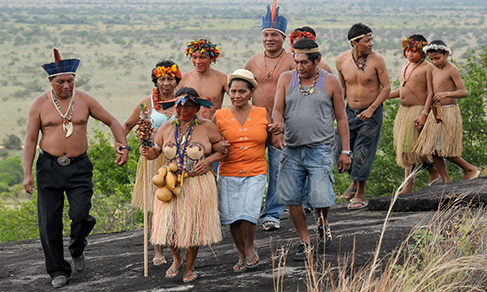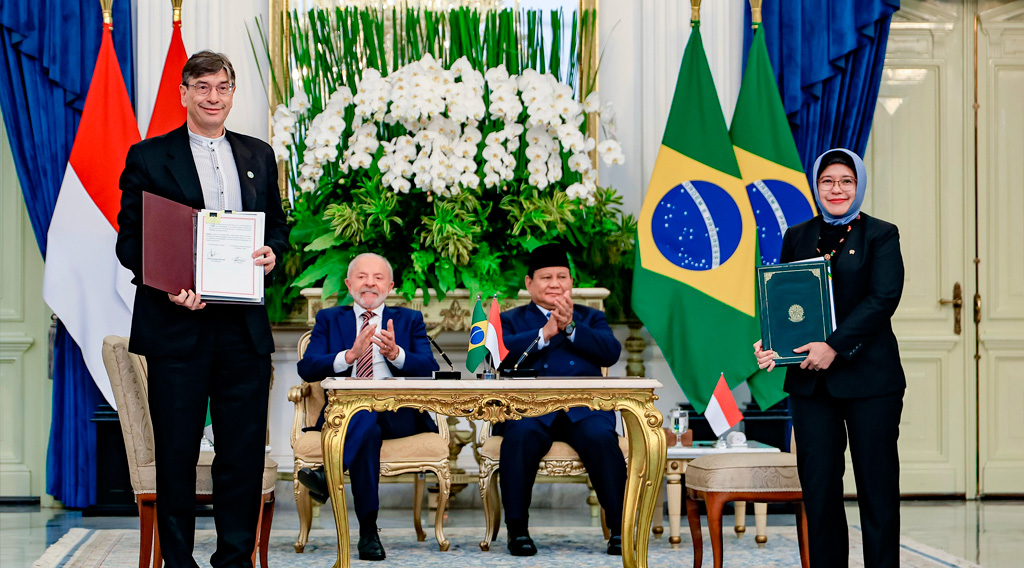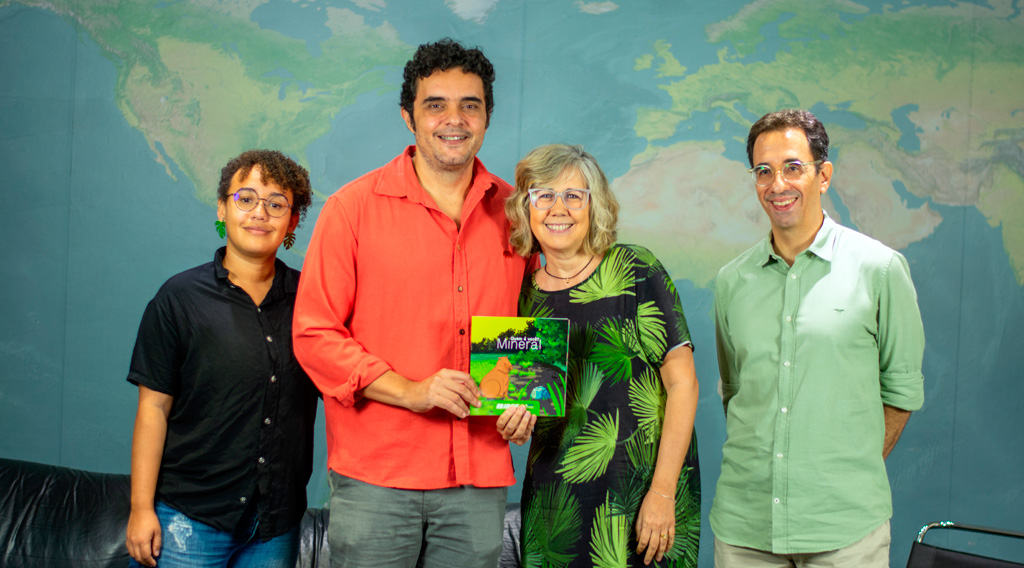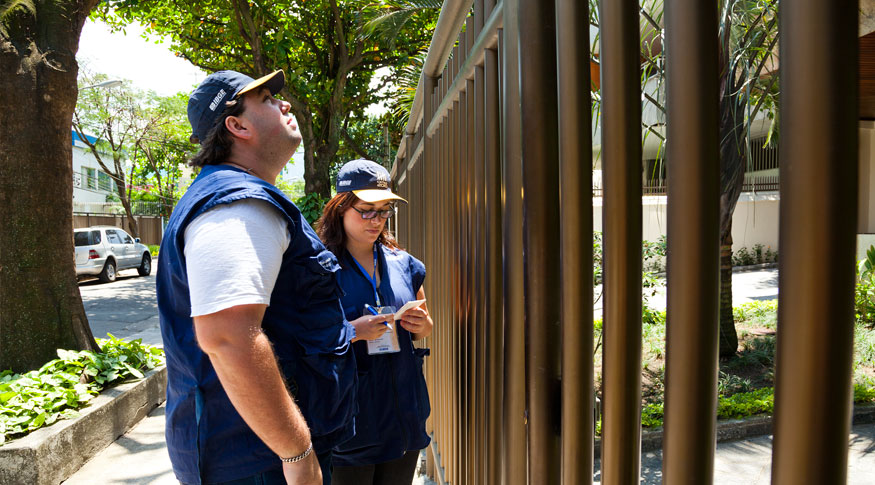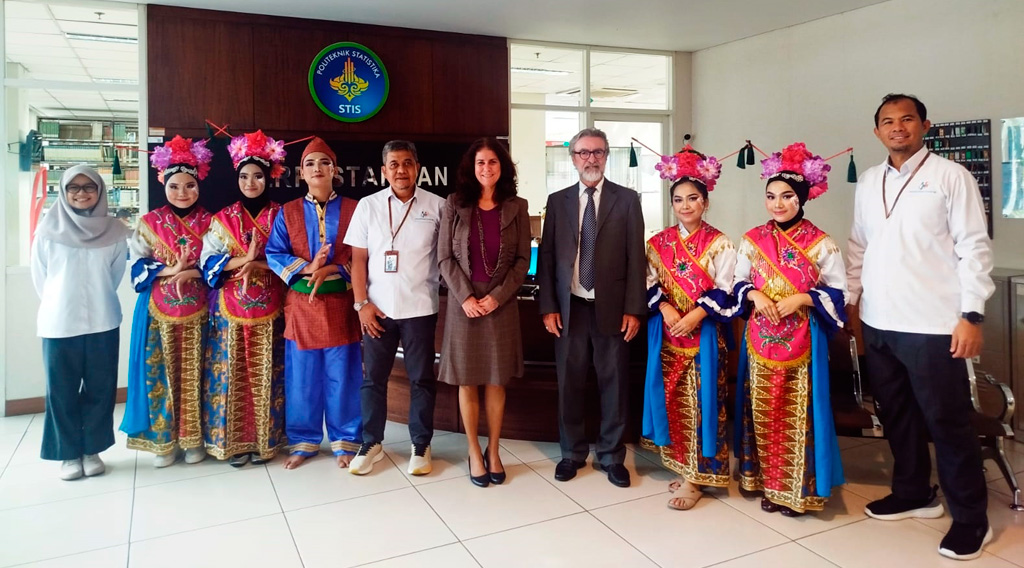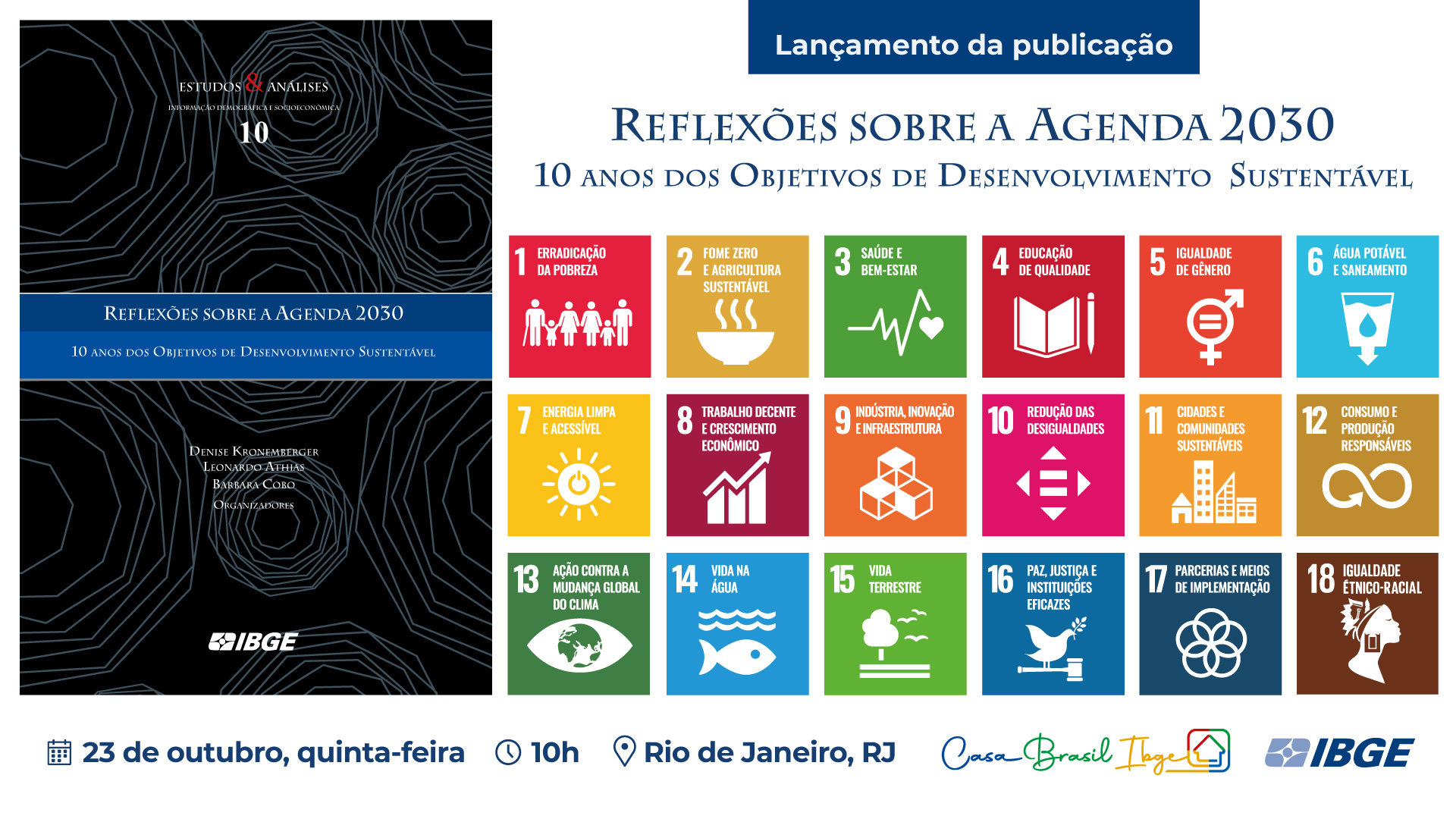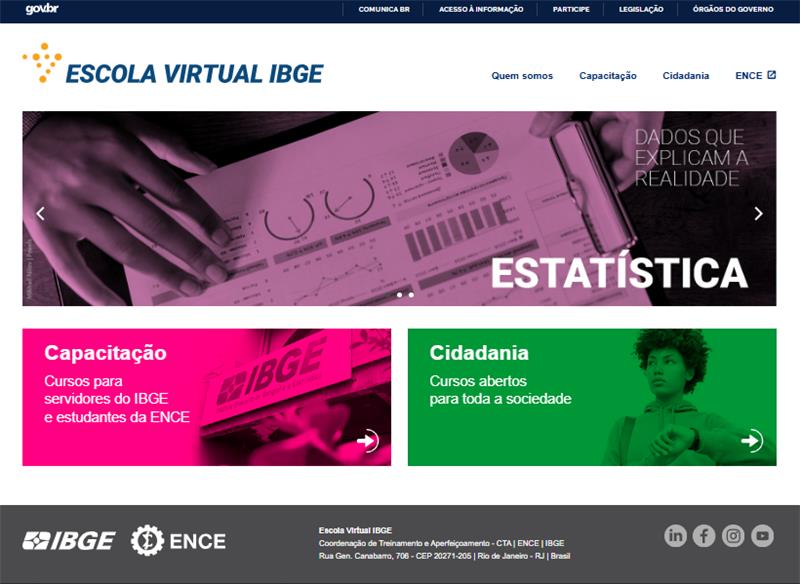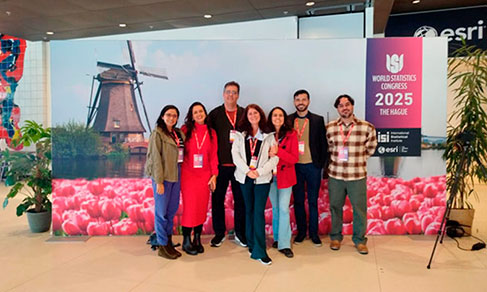In Brasília
At Palmares Foundation, IBGE launches publication O Brasil Quilombola
March 28, 2025 03h31 PM | Last Updated: April 01, 2025 04h26 PM

The IBGE launched, on Thursday (27), the publication O Brasil Quilombola, at Palmares Foundation, in Brasília (DF). Besides this work, a digital version of the publication was made available on the website, and so was an update of Meu IBGE (My IBGE), with information on quilombolas disaggregated by color or race, gender, age and municipality. The event was streamed live on Digital IBGE and on the Institute's social media channels.

This work systematizes the main results of the 2022 Population Census relative to quilombolas and their communities. The participants of the opening panel session were Marcio Pochmann, president of the IBGE, João Jorge Rodrigues, president of Palmares Cultural Foundation and Júnia Quiroga, assistant representative of the United Nations Population Fund (UNFPA) in Brazil, besides authorities, population census experts and representatives of civil society.

Marcio Pochmann, president of the Institute, mentioned the innovation in the 2022 Population Census, which presented information o the quilombola population. “This survey is a contribution to the formation of a deeper Brazil, which is forgotten, many times. The role of georeferenced statistics adds to the opening of a representation space for a once invisible group. This is the role of the IBGE: to reveal who we are and how we live.”

João Jorge Rodrigues highlighted the importance of finding out about the profile of quilombolas in Brazil. “We needed indicators to create public policies for the several ministries in order to benefit this population that is still marginal in current Brazil. With these data, we may reach this objective,” said the president of Palmares Foundation.
The assistant representative of UNFPA, Júnia Queiroga, highlighted the importance of the partnership with the IBGE. “It is essential for us to cooperate with the IBGE and, by means of this partnership, give visibility to both the national experience and the work of the IBGE in the national context, as we currently do, but also expand such visibility beyond country borders.” According to Queiroga, besides being a reason for pride in the country, the Population Census has contributed significantly to the development of other continents, especially in Latin America, the Caribbean and Africa.

The launch was also attended by representatives of the Attorney's General Office (AGU), the Brazilian Office of the Comptroller General (CGU), Federal Public Defender's Office of Brazil (DPU), besides ministries, embassies, municipal administrations and other institutions.
The event, as well as the publication, are parts of a partnership with the Ministry of Education and the United Nations Population Fund in Brazil. On Friday morning (28), there was a presentation of the workshop O Brasil Quilombola: Potentialities of the census data for the quilombola population, at CAsa UN Brasil, located at the Embassy Sector - Norte-SEN Quadra 802, Lote 17-Asa Norte, Brasília (DF).
Data and overview of the quilombola population
Marta Antunes, the professional in charge of the Technical Projects on Traditional Peoples and Communities of the IBGE, and Fernando Damasco, manager of Traditional Territories and Protected Areas of the Division of Territory Structures, of the Directorate of Geosciences (DGC), were responsible for the presentation, which was mediated by Júnia Quiroga.
According to Marta Antunes, this is a "historical Census because it shows how many the quilombolas are and how they live. It is unique considering how it was built, and challenging in its of reality. That was only possible due to meetings and the consultation with CONAQ (National Coordination of Articulation of the Quilombola Rural Black Communities), INCRA (National Institute for Colonization and Agrarian Reform), MDA (Ministry of Agrarian Development and Family Farming) and other related bodies. It is unique due to the data it presents, previously unknow by society.”
Marta Antunes took the opportunity to speak about IBGE Educa and what people can access about the quilombola population. She remarked that the site makes available different types of material, such as videos, e-books and PDFs, which can be accessed and shared online or printed, promoting engagement for the Quilombola Census and the instructive use of data. Marta also emphasized that IBGE Educa offers activities for directors, students, teachers and the school community in general, in order to expand the dissemination of information and to strengthen partnerships of the IBGE in the construction of easier and more inclusive access to data.
Fernando Damasco presented O Brasil Quilombola and mentioned the fact that its objective is to increase access to the 2022 Census results, especially for the quilombola population, by means of more accessible and summarized material. “This publication has the objective of fulfilling the commitment of the IBGE, so that the results of our surveys will reach the biggest possible number of persons, in the entire society." Also, Fernando spoke about the educational function of the material. developed in partnership with the Ministry of Education, and allowing use by students and scholars, gathering both statistical and geographical data about the distribution of the quilombola population in Brazil. “The idea is that every quilombola leader can find themselves when in contact with this publication, in a simple, easy and objective manner.” He explained that the material is also intended to strengthen claims for rights of these communities.
 From left to right: Bell, Fernando Damasco, Júnia Queiroga, Marta Antunes and Pedro - Photo: Ingrid Dias.
From left to right: Bell, Fernando Damasco, Júnia Queiroga, Marta Antunes and Pedro - Photo: Ingrid Dias.
First Census of the Quilombola Population
For the first time, the quilombola population was identified in a population census, the one in 2022 - the most important portrait in demographic, geographic and socioeconomic aspects of the country.
The 2022 Census visited localities in Quilombola territories identified by the IBGE; and of other areas of interest in the census, related to sparsely distributed quilombola localities. The quilombola population living in Brazil is 1,330,186 persons (0.66%), distributed into 1,700 municipalities, 24 states and the Federal District.



